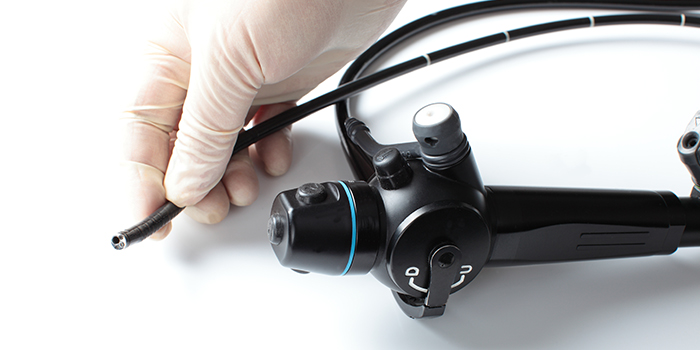One way your doctor can tell if you have malignant pleural mesothelioma is by doing a thoracoscopy of your lung region.
Many doctors like this procedure because it’s relatively simple and quick. Other doctors aren’t fans of it because they question how well they can trust what it reveals is going on inside you.
Researchers from the University of Brescia in Italy have determined that thoracoscopy is actually pretty reliable. It lets doctors detect mesothelioma roughly 79 percent of the time.
That’s not as good as being correct about mesothelioma 100 percent of the time. The only way to get close to that degree of reliability is by doing a biopsy.
But a biopsy requires that the harvested tissue sample be shipped to a lab somewhere for testing. It could be days or weeks before the results come back — days or weeks that will slip away before treatment can be started.
Thoracoscopies, on the other hand, are hard to beat for an in-office, fast-glance way of ruling out diseases that have symptoms similar to mesothelioma.
Thoracoscopy Procedures for Diagnosis of Mesothelioma Patients
A big part of the reason doctors have not fully trusted diagnostic thoracoscopy is the lack of solid scientific studies to demonstrate its reliability.
The University of Brescia researchers wanted to fix that. So they pulled records on more than 2,800 patients who were diagnosed for mesothelioma and other diseases at the school’s hospital.
These records dated back to 1984. The most recent were from 2013. The researchers explained that they were looking for records of patients who underwent a thoracoscopy for diagnosis only.
They skipped past the records of those who received treatment with a thoracoscope (it can be used for that, too). This left them with 2,474 charts to consider.
Most of those diagnostic thoracoscopies were done the traditional way — using a 7mm endoscope. An endoscope is a thin tube with a light at the end.
The lighted end is inserted through your mouth, down your throat and into your lungs. There is a lens at the opposite end. Your doctor looks through it and takes note of whatever there is to see.
Starting in 2000, the hospital added a second way of doing a thoracoscopy. That new way included chest ultrasonography. It allowed the endoscope to be precisely guided to a place where the doctor could get the best view.
Thoracoscopy Study Included Mesothelioma Patients
The patients who made up this study group included both men and women. Just over 65 percent of them were men. The median age of all the patients was about 61.
Many of the patients had mesothelioma. Others had lung cancer. Still others had diseases that caused pleural effusions — excess fluid in the space between the linings of the lungs.
The researchers divided thoracoscopies into six periods covering five years each. They quickly picked up on the fact that the accuracy of the diagnoses got better from one period to the next.
The researcher decided this improvement was due in part to the hospital’s doctors becoming more skilled with thoracoscopic procedures as time went by. Adding ultrasound guidance was credited as well.
In 1984, the accuracy of diagnoses was found to be slightly more than 57 percent. By 2013, the accuracy rate had risen to 79.2 percent.
The researchers hinted that the accuracy rate might rise even higher in the years to come as new and better ways of using diagnostic thoracoscopy emerge.
Their study was published in the journal Annals of Thoracic Medicine. The title of their article is “Medical Thoracoscopy: Analysis on Diagnostic Yield Through 30 Years of Experience.”


